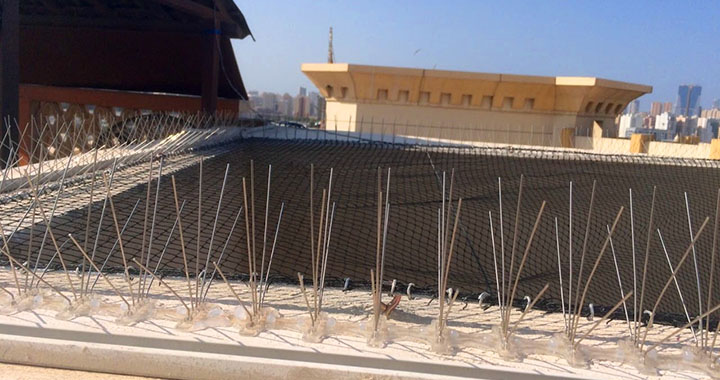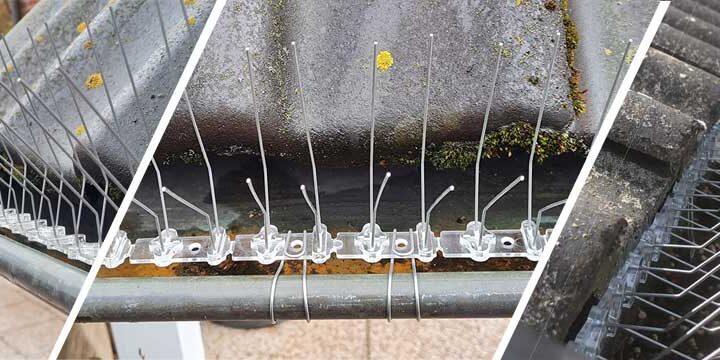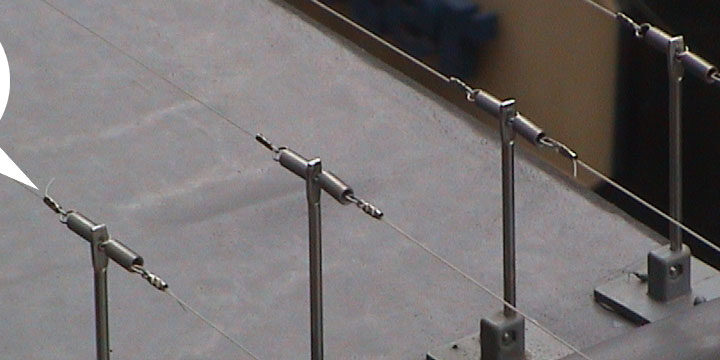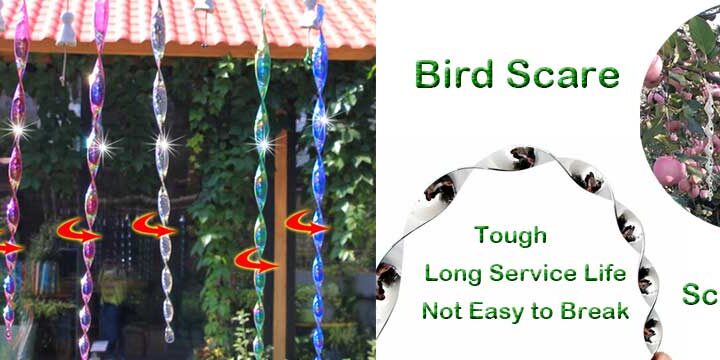1.How do they work? Bird spikes are very effective at preventing birds from landing or perching in key areas such as roof ledges, trusses, lights, and piping.
2.Are there other options? For very large areas with complex pipework or wide open spaces, you may want to install bird netting instead of bird spikes.
3.Do they harm birds? No. Bird spikes are an annoyance that keep birds away from an area.
4.Are they durable? Yes, they are very durable and will last for many years. The stainless steel spikes are corrosion resistant and the base is a UV treated plastic to prevent weather damage from the sun.
5.Do they look bad? Not at all. In fact, you have seen many buildings with bird spikes installed on them and probably didn’t notice unless you were really looking for them.
6.What about plastic spikes? Stainless steel spikes are much more durable and will last over 10 years while plastic spikes usually last only 1 to 2 years.

Where to Install Bird Spikes?
Start with an inspection of your property and make note of where birds are nesting, perching or landing. Keep track of how many linear feet of space you need to protect as you go.
Here are some of the key areas you want to look at during your survey:
1. Building Roof Edges and Ledges
Birds have a habit of swooping in and landing right on the edge of a roof. This is especially true of flat roves on commercial buildings that have a short 1 or 2 foot high pony wall surrounding the roof ledge. Install your bird spikes along the outer edge of these walls.
2. Lights and Other Wall Fixtures
Under covered areas such as storefront walkways you will find light fixtures, electrical boxes, and other things that birds love to nest or perch on to stay out of the weather. For large light fixtures, you will want to install 2 rows of bird spikes on top of each fixture to really dissuade birds from roosting (they love the warmth from the lights plus the cover overhead so these areas are especially enticing to them).
3. On Top of Light Poles
Parking lot pole lights are not usually a favorite place for birds to perch, but in low wind areas where food and water is abundant, you may need to install bird spikes on top of these fixtures as well.
4. Piping in Covered Areas
Another favorite place for birds to perch or nest is on top of piping or ducting in covered areas. This is especially a problem for covered or underground parking areas. They can also perch on overhead canopy framing or roof trusses.



